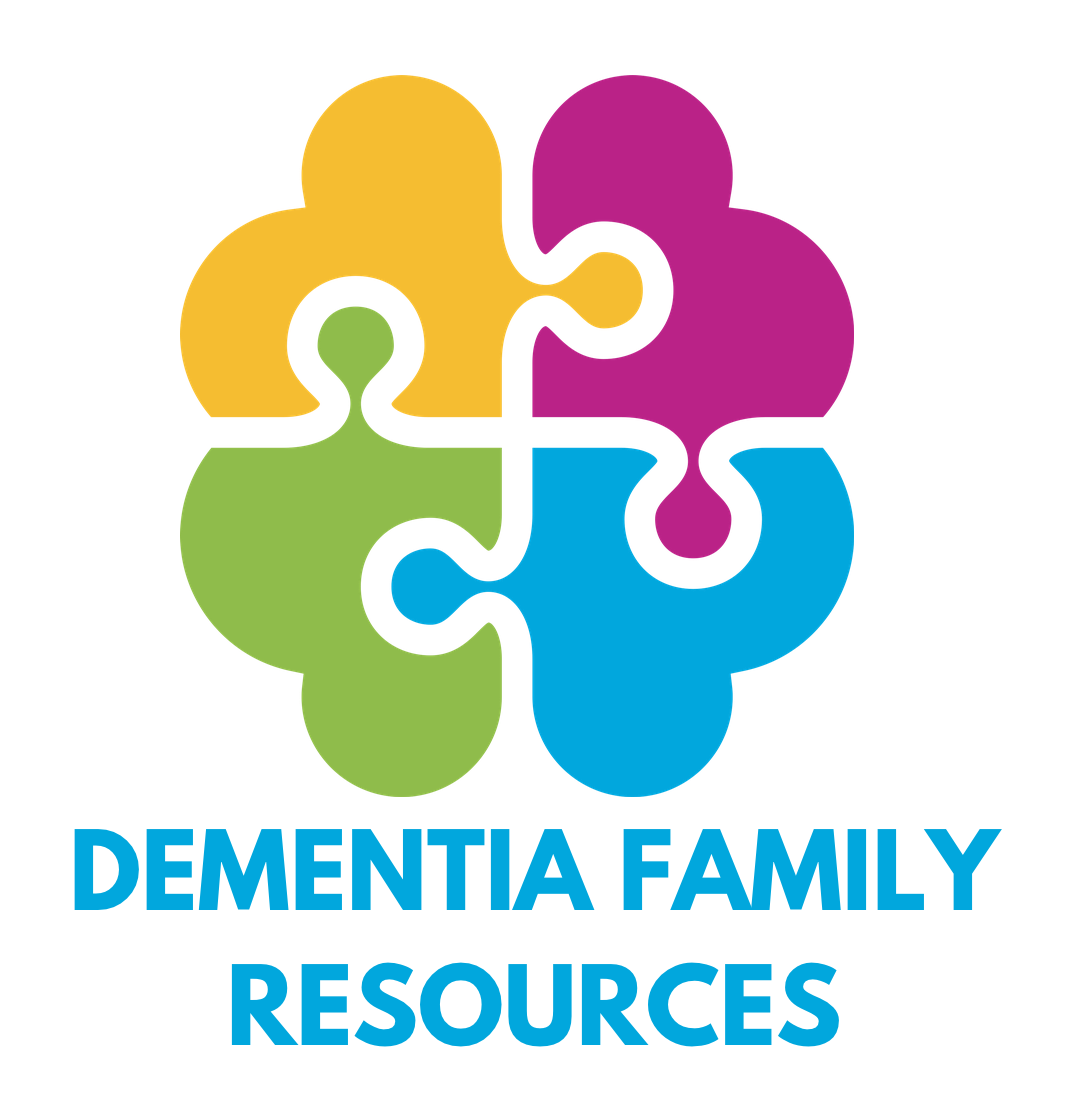
Contact Us
We will get back to you as soon as possible
Please try again later
The Healing Power of Art: Why Art Therapy is Beneficial for Dementia Patients
Creativity Can Be a Fantastic Outlet for Alzheimer's

Dementia is a progressive brain disorder that causes a decline in memory, cognition, behavior, and communication. It's a devastating condition that takes away a person's ability to engage in activities of daily living and interact with others. While there is no cure for dementia, there are treatments and therapies that can improve the quality of life for those living with the disease. One such therapy is art therapy, which involves creating art as a form of self-expression and emotional healing. In this blog post, we will explore how art therapy and creating art can be beneficial for dementia patients.
Art therapy is a form of psychotherapy that uses creative expression to enhance the emotional, mental, and physical well-being of an individual. In the case of dementia patients, art therapy can help reduce anxiety, depression, and agitation. Creating art can stimulate the brain and promote cognitive function as well. Studies have shown that engaging in creative activities like painting, drawing, or sculpting can improve memory and processing speed, which are cognitive abilities that decline in Alzheimer’s disease.
Moreover, art therapy can be a way for dementia patients to communicate their emotions and feelings that they might not be able to express through language. Making art provides a nonverbal form of expression that is not bound by linguistic barriers. It can help individuals with dementia to express themselves, share their experiences, and connect with others.
Art therapy is also a social activity that can help combat feelings of isolation and loneliness. When dementia patients participate in art classes or groups, they have the opportunity to interact with others, share their artwork, and learn new skills. This social interaction can be an effective way to promote emotional well-being and improve mood.
Creating art can also be a way for dementia patients to reconnect with their past. Art therapy can provide an opportunity for individuals to reminisce and reflect on their life experiences. This can be especially meaningful for those with dementia, as the disease often impairs memory and makes it challenging to recall past events. Art can be a way to relive and preserve memories in a tangible way.
Finally, art therapy is a versatile activity that can be adapted to the unique needs and abilities of each individual. Art therapists can tailor art activities to different levels of cognitive and physical abilities. Whether it's drawing, painting, collage-making, or sculpting, the creative process can be adapted to suit each person's needs and interests.
Art therapy can be a valuable tool in improving the quality of life for individuals with dementia. Creating art can stimulate the brain, promote social interaction, and provide a nonverbal means of expression. It can also help individuals with dementia to reconnect with their past and preserve their memories. By harnessing the healing power of art, we can provide a more holistic approach to dementia care and help enhance the well-being of those living with the disease.









